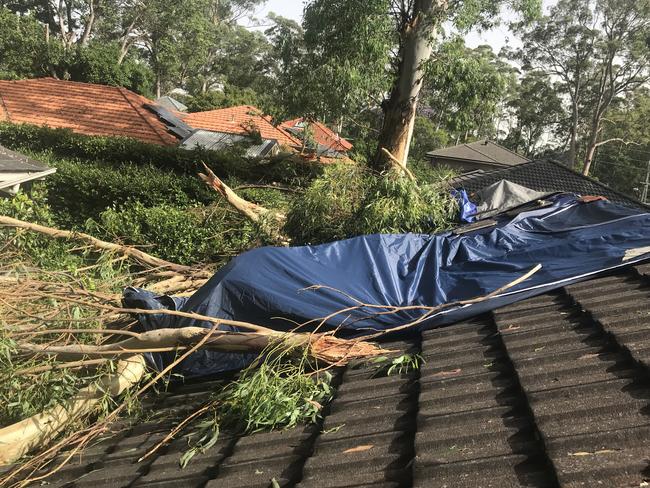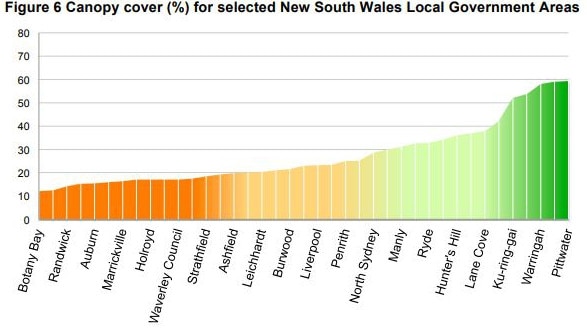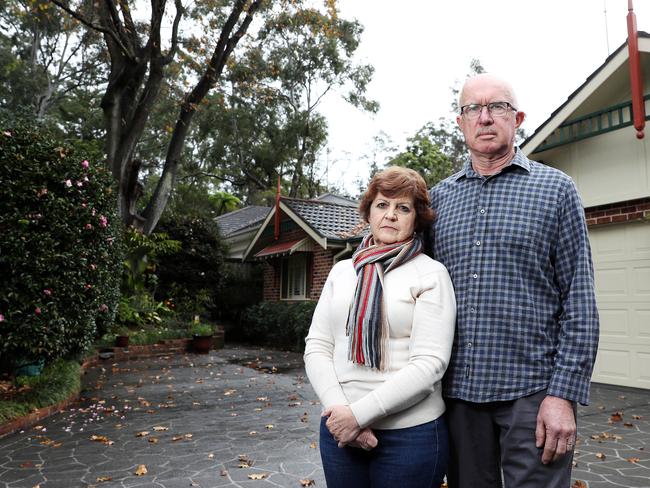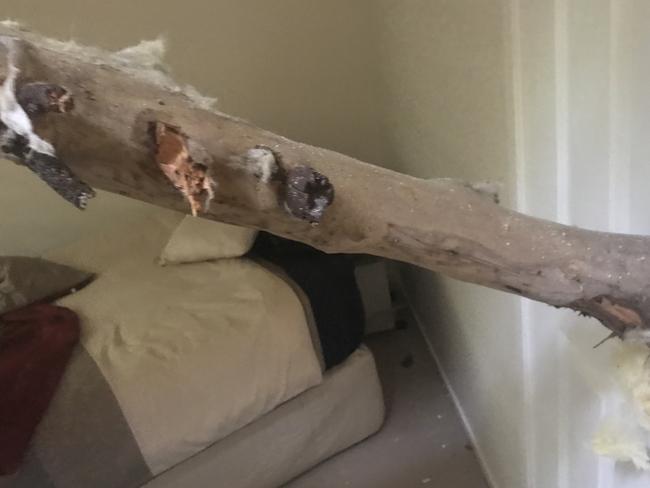Hills Shire Council relaxes tree lopping laws to protect residents
A Sydney council’s new laws allowing residents to cut down any tree threatening their homes is expected to blow a hole in Premier Gladys Berejiklian’s aim to double the tree canopy in Greater Sydney to 40 per cent within 10 years.
Hundreds of trees will be chainsawed after a local council passed laws that automatically allow residents to chop down any tree threatening their homes.
In a move that threatens Premier Gladys Berejiklian’s aim of doubling the tree canopy in Greater Sydney to 40 per cent within 10 years, The Hills Shire Council has become one of the most chainsaw-friendly councils in Sydney.
Under new rules passed on June 25, property owners will be allowed to remove any trees, including natives, within 5m of their homes.

Dangerous trees, even those that are deemed healthy, can be approved for removal if they are greater than 15m in height and can damage a dwelling.
The laws are a significant departure from Penrith, Blacktown and Hawkesbury Councils, which only permit the removal of non-native trees within 5m of a home.
MORE FROM BEN PIKE:
Underground: First look inside new M4 East Tunnel
Man wakes from six week coma after kangaroo crash
Parents warned to watch kids to prevent burns
The laws also lower the burden of proof Hills Shire landowners must meet to remove trees.
But tree groups and academics say the new laws are “reactive and a political decision”.
Hills Council mayor Michelle Byrne said: “We don’t want people laying awake at night worrying about trees falling on them. We wanted to put more power into the hands of land owners to manage their own properties.”
Dr Byrne said the council forked out $1.5 million to clean up fallen trees after storms lashed the northwest Sydney region in December.
“There is no doubt that these storms seem to be striking our urban area more intensely in the past,” he said.

About 53 per cent of Hills Council has tree canopy cover, according to a 2014 UTS report, making it the fourth most leafy council in Sydney.
Bayside, Camden, Randwick and Fairfield are the least leafy, having 17 per cent or less tree cover.
The state government has no plans to review laws introduced in 2014 that allow landowners living in bushfire prone areas to clear trees on their property within 10m of their homes.
Hornsby Mayor Philip Ruddock has been lobbying for a review of the laws, saying they can be “abused” by landowners.
But the RFS said the “scheme is not planned to be reviewed in the immediate future”.
President of the Institute of Australian Consulting Arboriculturists, Ian McKenzie, said of The Hills policy: “Five metres is a big setback for trees and there are many councils without any setbacks.

Mr McKenzie said trees within 5m of a home can often be more safe than one further away because the tree will “roll over the house” rather than smashing through it.
“There are hundreds of thousands of trees in Sydney that are not falling over and killing people,” he said.
West Pennant Hills man John Cantley said he asked Hornsby Council five times for permission to remove a 31m tree before branches fell on his house in December causing $100,000 damage.
The tree was in his neighbour’s home but her numerous attempts to have it removed also failed.

He says the council refused to remove it because of stringent tree policies designed to protect the shire’s canopy.
“If I was living in the Hills Council it would have been a lot better because I would have been able to remove the tree,” Mr Cantley, 65, said.
“The Hills appears to have a more considered policy. It is disturbing that Hornsby Council cares more about trees than people and the ratepayers who pay their wages.”
The man responsible for the city’s tree canopy target, Planning Minister Rob Stokes, refused to comment.
A Hornsby Council spokeswoman said the council endorsed its revised Tree and Vegetation Preservation Controls last year.
“Our current preservation controls received wide positive feedback from the public with 90 per cent of the community supporting the measures, which are in line with other NSW Council policies,” she said.


